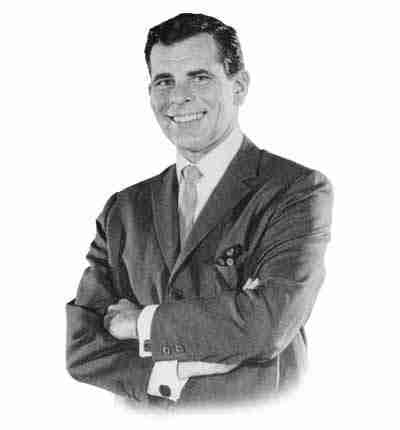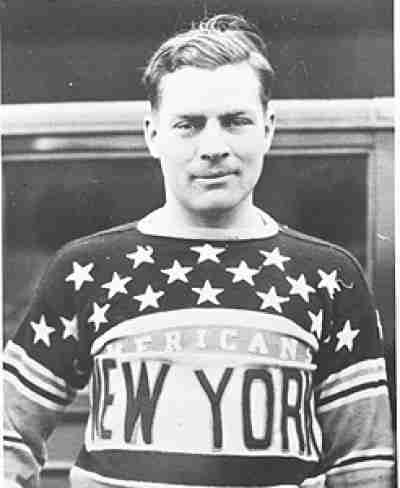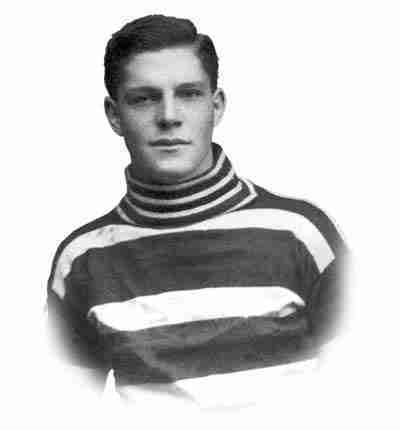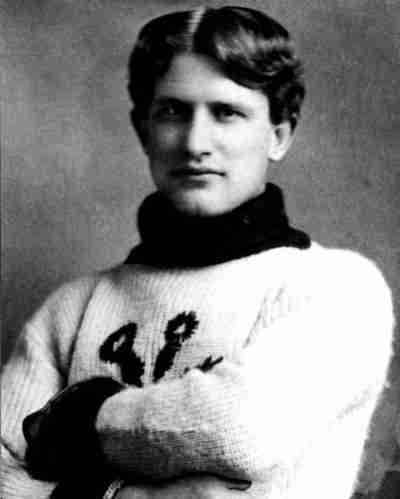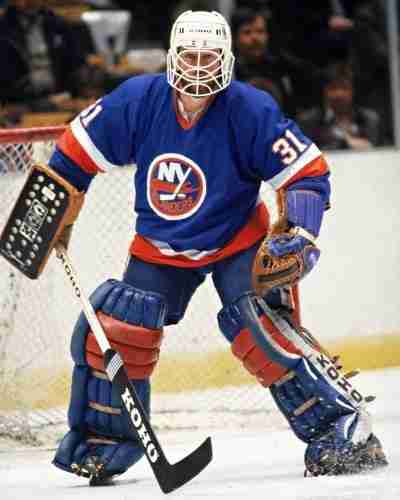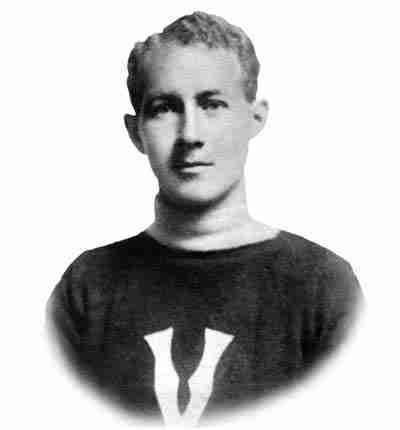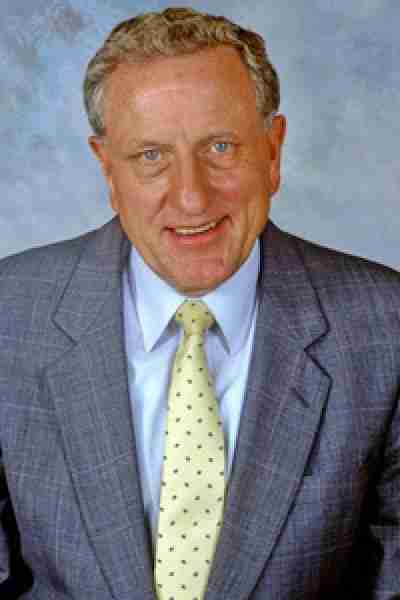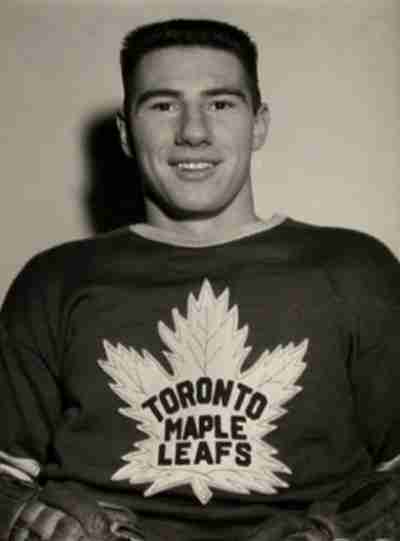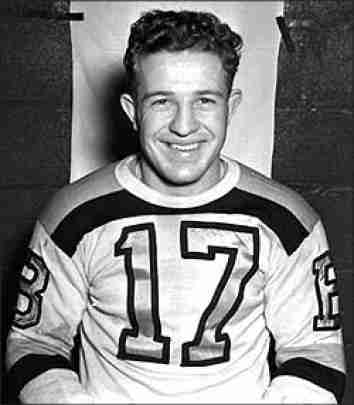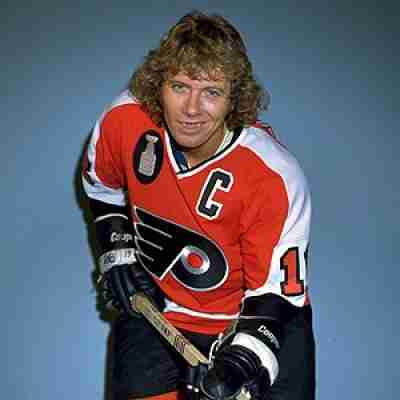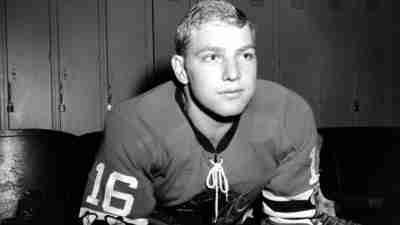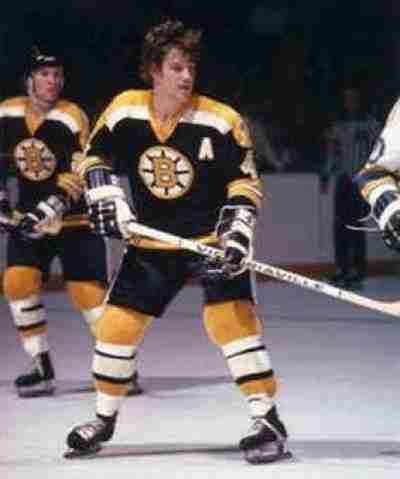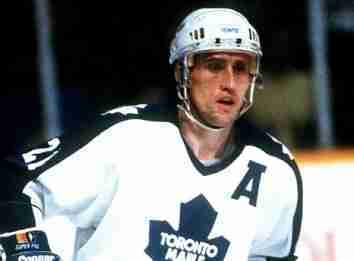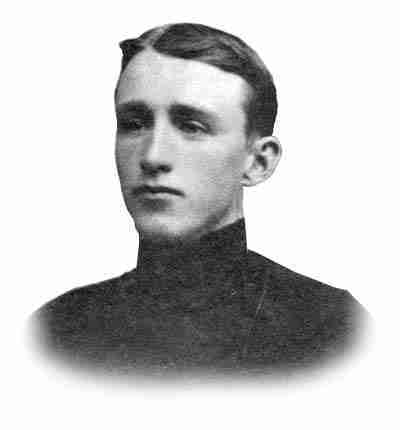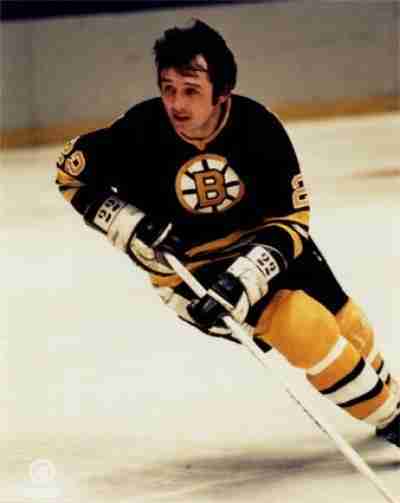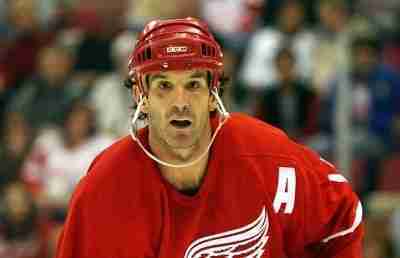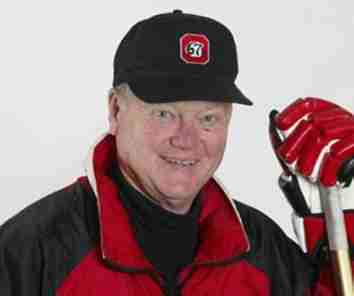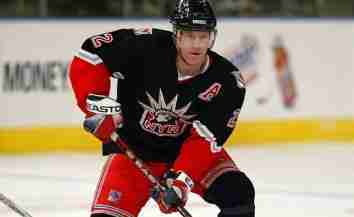Let’s talk about the good first. Bill Wirtz took over a lot of the operations of the Chicago Blackhawks in the late 50’s and the Hawks won a Stanley Cup in 1961. He would become the team President, and though Chicago did not win another Cup that decade, they remained a competitive and stacked franchise. Wirtz also served on numerous committees including the NHL Expansion, the U.S. Olympic and helped mediate the 1972 Summit Series.
American born, yet Canadian raised, Billy Burch was the second ever Hart Trophy winner and the second ever (though in the third year of its existence as Frank Nighbor won the first two) Lady Byng Trophy winner. Burch would become a consistent producer, primarily for the New York Americans where they marketed to the hilt his American birth certificate. However, as Burch never won a Stanley Cup (or even sniffed it), his delay to the Hockey Hall of Fame was understandable as he played in a National Hockey League where there were only a handful of teams.
A member of the famed Ottawa Silver Seven, Billy Gilmour was a multiple time Stanley Cup winner. Gilmour averaged nearly a goal a game, but was he a Hall of Famer? In that era, a goal a game was impressive (but somewhat common) and may not have been worthy of HOF credentials when looking around the league. Many players in that era entered the Hall without being a superstar, and Gilmour may be one of those.
The top goal scoring Centre for the Rat Portage/Kenora Thistles, Billy McGimsie averaged nearly three goals a game for his small town club. He spent his entire six year career there and was a large part of the team winning their lone Stanley Cup in 1907. The Thistles story is a good one, and McGimsie was a top player there, but does this team have too much love from the Hockey Hall of Fame?
Every dynasty needs a solid Goaltender, and the early 1980’s New York Islanders had Billy Smith. The man who is credited as being the first netiminder to score a goal (he did so in 1979), shared the duties in the pipes with Glenn Resch, but he took over the number one duties for the Isles, and he proved his worth over and over in the Stanley Cup playoffs. Billy Smith was at his best during crunch time, as his statistics, rings and 1983 Conn Smythe Trophy proved. Smith may not have been the most decorated during regular season play, but he was an All Star when it counted the most.
A career player with the Montreal Victorias, Blair Russel was a star Left Wing who helped the Montreal Victorias defend the Stanley Cup at the turn of the century. Russel averaged multiple goals per game for the Victorias and was a stalwart for the team in an era where player movement was actually more common than today. Russel resisted all offers to turn professional, and retired in 1909 though he likely could have continued to play and be effective.
Bob Gainey many not have appeared on any end of year top ten offensive statistical lists, but that was not was Bob Gainey was asked to do. He spent his entire career with the Montreal Canadians and though he had “only” 501 career points, it was the thousand plus that he prevented that made him special. Bob Gainey won the Frank J. Selke Award which is given to the NHL’s top defensive forward four years in a row. His amazing checking skills may not have always appeared in box scores, but fans and players alike knew the value of Gainey and it was not an accident that he was a multi-time All Star game participant. Gainey was also part of five Stanley Cup wins with the Habs, and in 1979 he won the Conn Smythe as the MVP of the playoffs. He may not have had what a casual fan would see a Hall of Fame career (especially if they only look at offensive statistics), but he certainly belongs.
Bob Johnson was a very successful coach at the University of Wisconsin, leading the Badgers to three NCAA championships, and internationally would be named the coach of three U.S. Canada Cup teams and the 1976 Olympic squad. His skills transferred well into the NHL, where he would take the Calgary Flames to the Stanley Cup Finals (where they lost to Montreal), and would be the man who coached the Mario Lemieux led Pittsburgh Penguins to the Stanley Cup in 1991. Johnson would be the first American born coach to host the Cup in over fifty years.
It is not so much that we have an issue with the induction with Bob Pulford, but couldn’t the Hockey Hall of Fame just admit the induction of Pulford was a combination of what he did on the ice and off of it, as frankly he probably is not a Hall of Fame entry without the sum of all of the parts. As a player, he was a five time All Star game participant and helped the Toronto Maple Leafs win four Stanley Cups in the 1960’s. He was an excellent defensive forward, and had a multitude of checks that he mastered to slow attackers. As a Head Coach, he would win the Jack Adams Award (as Coach of the Year) completely turning around the Los Angeles Kings in 1975. Later he would take over the reins in Chicago, and though it was not as good, he still posted a winning record in the Windy City over a seven year period. Overall, the career is a Hall of Fame one, but again we feel it is based on the combination of his on and off ice work.
Despite his relatively short NHL career, we like the Veteran’s Committee induction of Bobby Bauer. He only had seven complete seasons in the National Hockey League, but his prime was taken away from his as he participated in World War II. He spent his professional career with the Boston Bruins, and was a member of the famed “Kraut Line” with Woody Dumart & Milt Schmidt (both of them Hall of Fame inductees) and was part of two Stanley Cups for the Bruins in 1939. Four times, (and again remember out of seven seasons) Bauer was named the Second Team All Star at Right Wing, and three times his class was shown as the Lady Byng Trophy winner. This is one Veteran’s Category inductee that we approve of completely.
A severe diabetic, many thought for certain that Bobby Clarke would not have much of a career in the National Hockey League. Clarke won the Bill Masteron Trophy in 1972 for his perseverance in becoming a star for the Philadelphia Flyers. Often though, the awarding of the Masterton Trophy usually caps a career; for Bobby Clarke it was just the beginning.
One of the best players of all time, Bobby Hull easily could have been one of the men who the Hockey Hall of Fame could have made a case for early induction. Hull was a dominant force in the NHL throughout the 1960’s, leading the Blackhawks to the Stanley Cup in 1961, and capturing two Hart Trophies along the way.
We could write a bible about Bobby Orr, but for the sake of brevity, we will try to highlight this legend’s vast accomplishments.
Borje Salming not only was the first Swedish player to enter the Hockey Hall of Fame, but was the man who paved the way for Swedish players to enter the National Hockey League and prove that the Scandinavian nation belonged on the world stage. Salming would join the Toronto Maple Leafs in 1973 and he immediately made an impact on their blue line. The Swedish Defenceman would be named to six post season All Star teams, but most importantly he shattered the myth that players from Sweden could be tough enough to hang in the elite professional league. Every player in Sweden who looks across the Atlantic Ocean with dreams of the National Hockey League owes a debt to Borje Salming.
An incredible athlete in the Ottawa area during the turn of the century (He was also an excellent Lacrosse Goaltender and he played Fullback for the Ottawa Rough Riders), Bouse Hutton was the Goalie of the legendary Ottawa Silver Seven and was part of their Stanley Cup dominance for a stretch. Hutton posted impressive Goals Against Averages in an era where a double digit scores were common. Incidentally, Hutton would win the Stanley Cup, the CFL Championship and the Minto Cup (then awarded to the top Senior Lacrosse team in Canada) in the same calendar year. Can you imagine a similar trilogy of accomplishments by ANYBODY today?
You would think that a five time First Team All Star would have won at least one Norris Trophy, but Brad Park had the misfortune of playing in the same era as Bobby Orr who dominated that award (and Denis Potvin later in his career). Park also had a lot of bridesmaid’s analogies with the Stanley Cup as despite playing for many good teams, he was in the Cup finals three times without winning a ring.
A major part of the Detroit Red Wings Stanley Cup wins in 1997, 1998 and 2002, Brendan Shanahan was a prolific sniper who was known for his grit and determination. Shanahan would win the King Clancy Award in 2003 and was a three time Post Season NHL All Star Selection.
You would think that as the son of Hockey Hall of Fame legend, Bobby Hull, that the shoes would be impossible to fill, but Brett Hull not only had a Hall of Fame career on his own, he even managed to eclipse some of his father’s career numbers.
“The Killer” Brian Kilrea did not have much of a career as a player in the National Hockey League (though he does have the distinction of scoring the first ever goal for the Los Angeles Kings), but it was his role as a coach in the Ontario Hockey League that truly made him a name. Kilrea would spend most of his coaching career in Ottawa with the 67’s and won the Memorial Cup twice, the OHL Coach of the Year five times and would be the winningest coach in OHL history. It may not be a Hall of Fame career by NHL standards, but this is the HOCKEY Hall of Fame after all.
Although many think of Mark Messier in reference to the 1994 New York Rangers team that brought the Stanley Cup back to Broadway after a length absence, it was Brian Leetch who was the Conn Smythe Trophy winner that year. Overall, Brian Leetch was considered one of the top two way Defenceman of the 1990’s and his strong play was rewarded by two Norris Trophies and five Post Season All Star selections. Leetch was also the captain of the United States team that won the 1996 World Cup of Hockey. Leetch is not only one of the greatest New York Rangers of all time, but is also one of the greatest American players ever.


